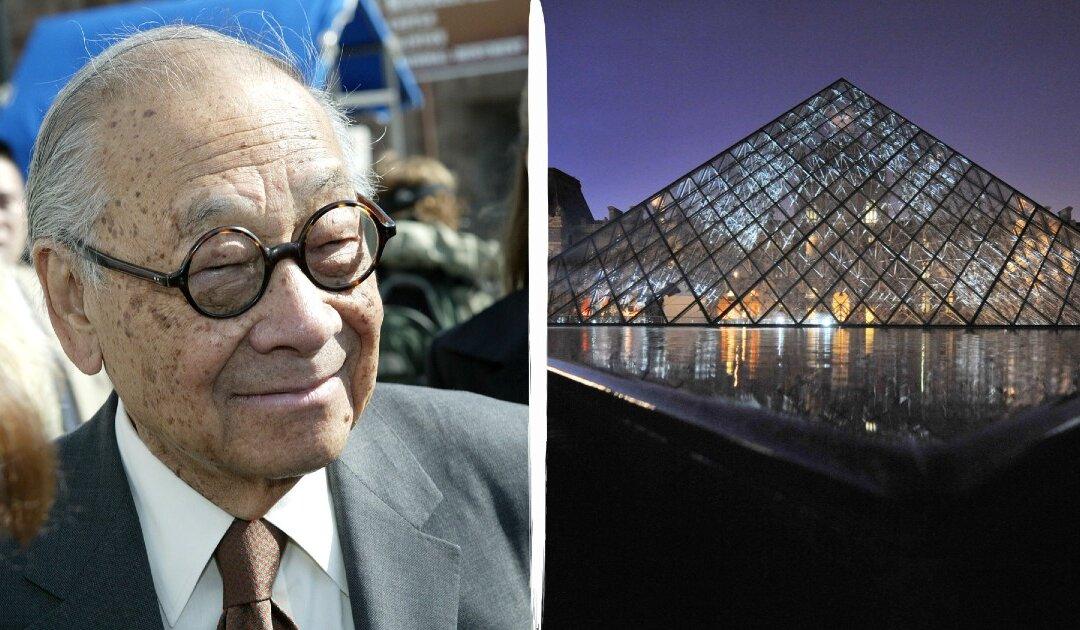I.M. Pei, the world-renowned modernist architect whose work includes the Louvre pyramid, died at his home in New York at the age of 102, his sons’ architecture firm has confirmed.
Chinese-born Pei, who worked mostly in the United States, was the mastermind behind the controversial redevelopment of the Louvre Museum in Paris in the 1980s. Pei designed the landmark glass and metal pyramid and three smaller pyramids in the museum’s main courtyard.





